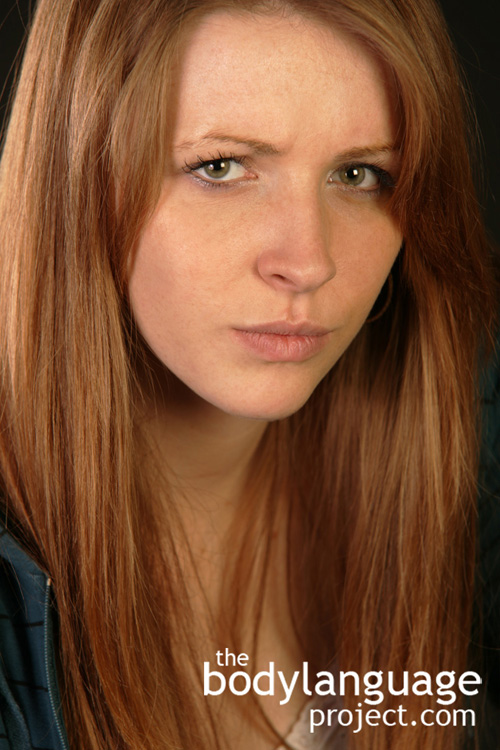Context is another important factor to consider while reading people. We often hear about verbal statements that are taken out of context and in this same way, we can take nonverbal language out of context as well. “That guy was obviously lying, he was scratching his face and neck and could barely sit still” might be accurate when being grilled by a panel of the media over missing fund money, but in the context of being attacked by a swarm of killer bees, not accurate at all!
Concluding that someone is cold hearted from a single meeting is another case of ignoring context. We often think people are shy after a first meeting, but are surprised that over time they open up and are actually quite expressive and talkative. However, what we fail to realized at the time might be that during an initial meeting, our subject of interest hadn’t been acquainted with any of the other twenty people in the group and as a natural consequence we acting as any normal person would. Temperature can also play havoc on cues of openness. Someone who crosses their arms tightly and crunches up could be defined as closed or aloof, but they also might be cold. Conversely, removing a jacket could mean that a person is warming up to others but could also mean that they are overheating.
Single events taken as all encompassing can set us up for problems in the future. A brief meeting in one location, with one set of people, centered on one task can not define any person. Single meetings only show how a person reacts on that day, based on whatever happened before then to set their mood and with whomever happens to be there. People are very complex, and so we must give them plenty of opportunity to display their true selves before drawing solid conclusions. This does not mean that what we gather on each occasion is useless, but rather that it needs to be compared across many situations before it can be used accurately. Until similar patterns develop across many different situations, take isolated incidents for what they really are. Predictive power happens through repeating patterns across many events and in many contexts.


